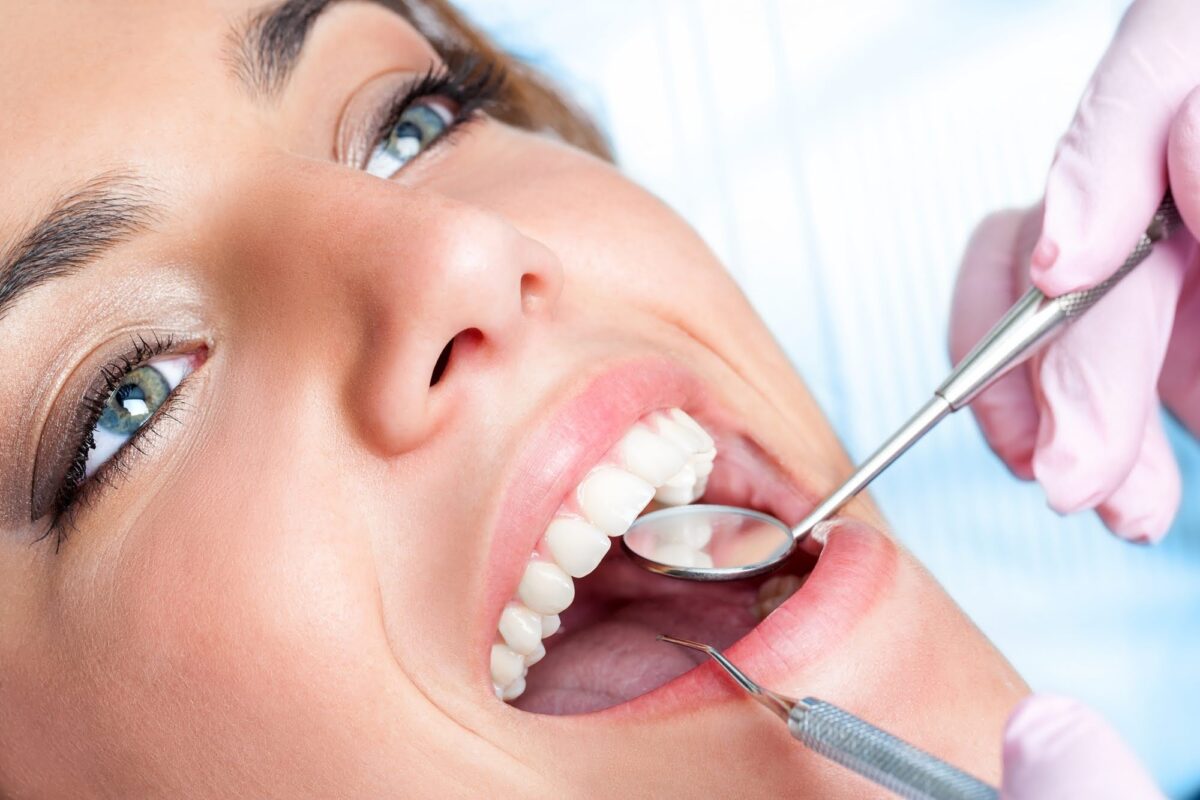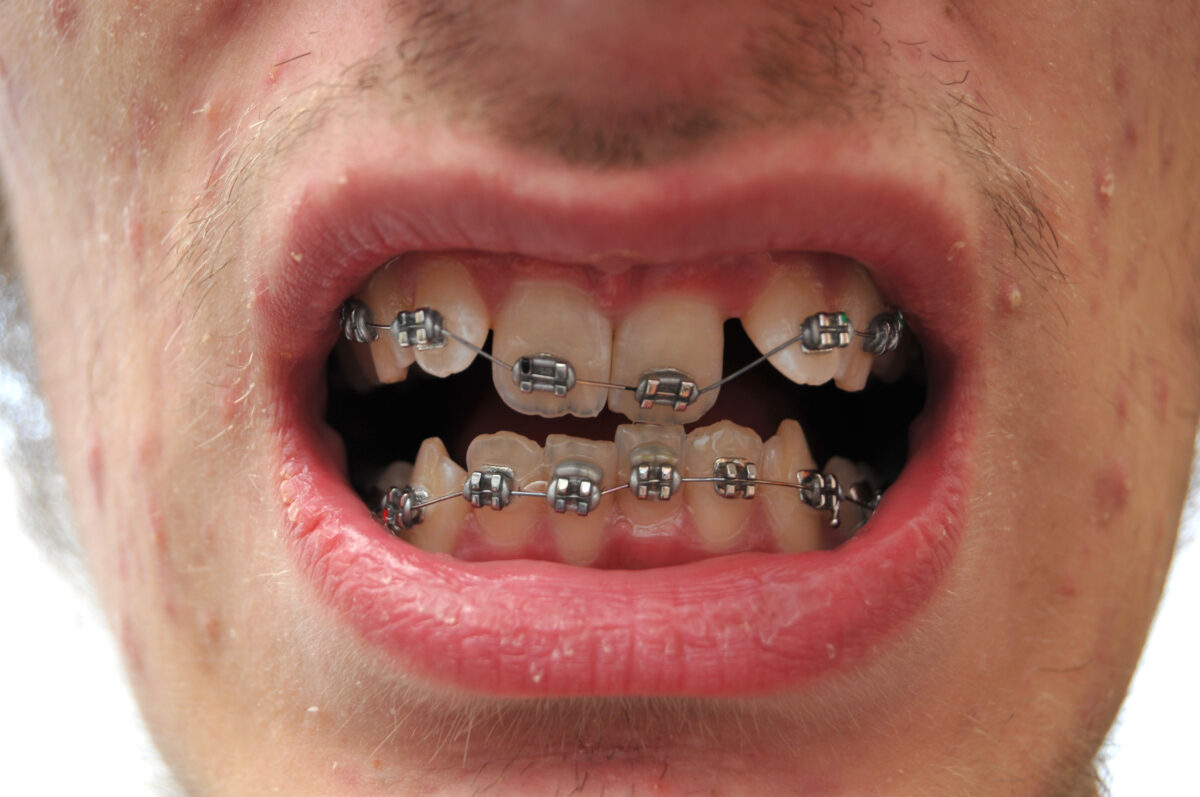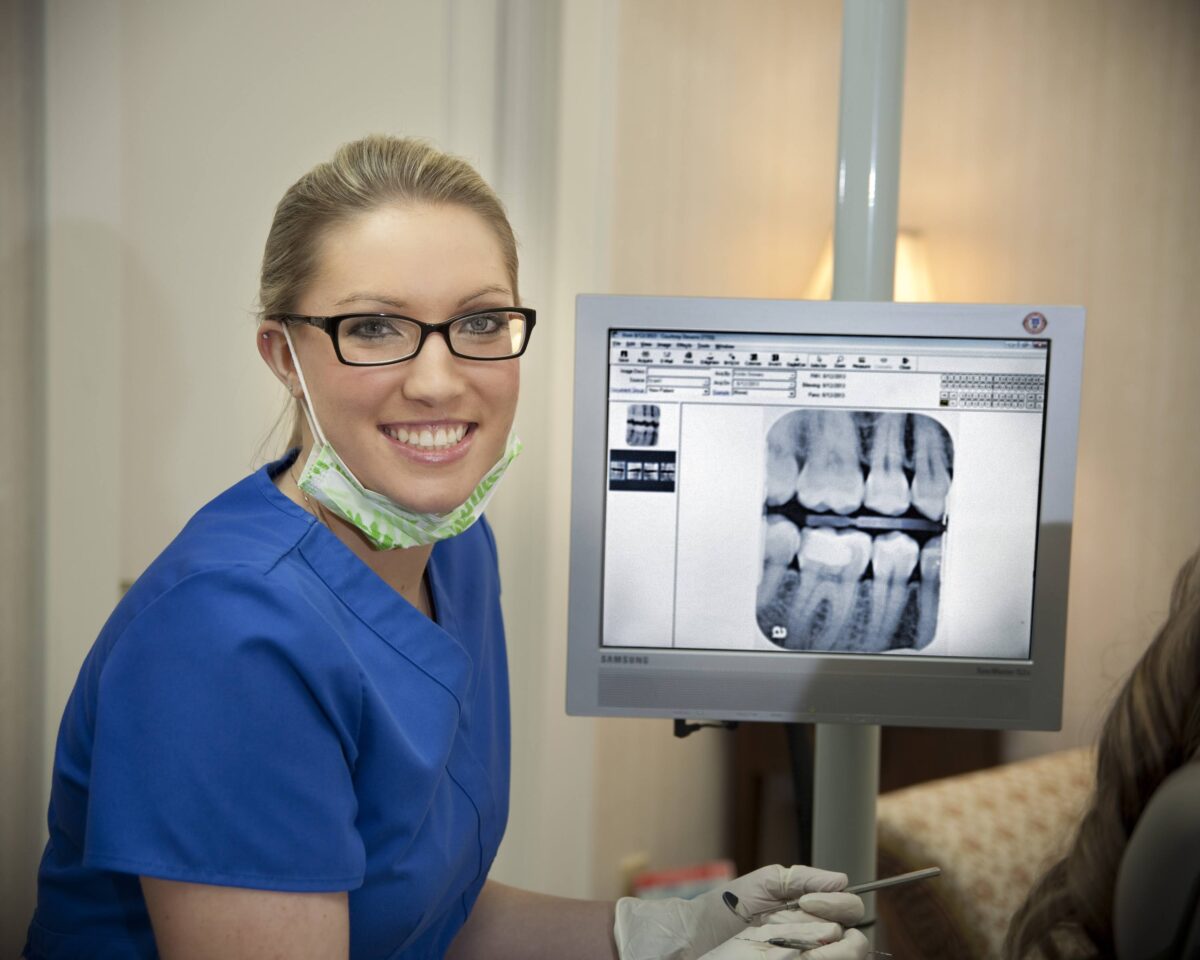Do you have yellowing teeth? This oral issue may have nothing to do with coffee, tea, and red wine residue. Enamel erosion is a common cause of yellowish teeth — and often requires a different type of treatment than simple stains would. Before you rush to whiten, take a look at the do’s and don’ts of enamel wear care.
Do Visit the Dentist
Enamel erosion is not a self-diagnosable dental issue. The primary signs include discoloration, chips, cups (indentations or grooves on the tooth’s surface), and increased sensitivity. If you have any of these symptoms, contact your dentist for an appointment. The dentist will examine your teeth and diagnose the cause of the yellowing and other symptoms.
Along with an exam and diagnosis, the dentist will recommend a treatment for the erosion. The specific option the dentist chooses depends on the extent of the erosion, the health of the existing enamel, and the affected areas of your mouth.
Don’t Whiten at Home
While at-home whitening kits and pasts are effective ways to brighten your smile, these over the counter options won’t treat or prevent enamel erosion. Even though your teeth may look yellow, erosion isn’t a stain or discoloration on the surface. Instead, it’s the irreversible loss of the hard layer (enamel) of the tooth.
Dental enamel covers the softer yellowish dentin layer. As the enamel wears away it will expose the dentin underneath. This leads to sensitivity and a yellow appearance. An at-home whitening product won’t repair the enamel or cover the dentin.
Do Try Prevention Strategies
You can’t cure or reverse enamel erosion. But you can prevent future losses. While this won’t turn the yellow areas white, it can make it easier to treat existing erosion and stop the spread of enamel loss.
To prevent enamel erosion, you need to understand the cause. Food and beverage choice is one of the primary reasons for the development of this oral issue. Highly acidic foods and drinks such as citrus fruits, citrus beverages (lemonade or orange juice), soda, or sour gummy candies. Repeated exposure to acidic foods causes mineral loss and wears away the surface enamel.
Other causes of enamel erosion include decreased saliva production or dry mouth, gastroesophageal reflux (GERD), chronic alcoholism, and bulimia. Some pregnant women may also experience this not-so-pleasant side effect. According to the American Dental Association (ADA), pregnancy-related intra-abdominal pressure can increase the risks of acid reflux. Stomach acids, like acidic foods, can wear away enamel.
Prevention strategies for enamel erosion include lifestyle changes, dental care modifications, and, when necessary, medical treatments. Start with a reduction of acidic foods or beverages. Instead of soda, sports drinks, and lemonade, switch to plain tap water. If dry mouth is the problem, talk to the dentist about moisturizing mouthwash or other oral care products.
Acidic stomach issues (such as GERD) may require medical treatment. Discuss these types of problems with your doctor. You may need an over the counter or prescription medication. Like GERD, bulimia-related erosion is the result of stomach acid dental damage. Bulimia, as an eating disorder, requires immediate professional attention and treatment.
Don’t Skip an Aesthetic Fix
Even though you can’t reverse enamel erosion and shouldn’t whiten at home to reduce yellowing, you can still change the look of your smile. The dentist can bond a tooth-colored material to the damaged area to create a smooth, pearly white finish. Serious or severe cases of enamel erosion may require a dental veneer or a crown.
Not only can these in-office fixes change the look of your smile, but also bonding, veneers, and crowns can protect your teeth and reduce the risks of erosion-related decay.
Do you need a dental veneer or crown to repair enamel damage? Contact Accent Dental for more information.











